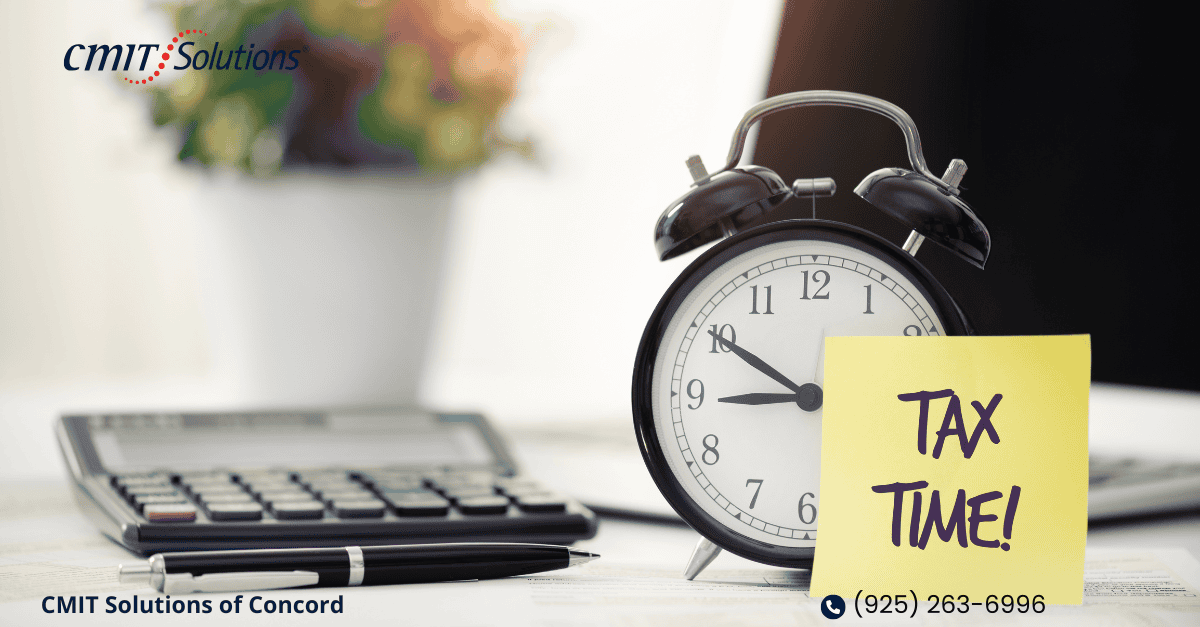With tax season in full swing, tax professionals and taxpayers alike are rushing to organize receipts, file returns, and maximize deductions. Unfortunately, cybercriminals are just as busy—exploiting this chaotic period to steal sensitive financial data.
The Internal Revenue Service (IRS), state tax agencies, and cybersecurity experts have issued multiple warnings about increasing fraud activity. Phishing scams targeting tax professionals are at an all-time high, with criminals impersonating clients or regulatory bodies to steal critical financial information. Meanwhile, individual taxpayers face threats such as identity theft, fraudulent returns, and IRS impersonation scams.
Cybercriminals thrive on confusion, deploying advanced tactics to exploit security gaps in tax software, email communications, and personal data storage. With more than 5 million fraudulent tax returns filed in 2020 alone, the risk of financial loss and data breaches is significant. To stay ahead of these threats, businesses must adopt proactive cybersecurity measures, secure cloud strategies, and trusted IT support.
Rising Tax Scams: What to Watch for in 2025
1. Phishing Scams Targeting Tax Professionals
Hackers are posing as potential clients, sending fake emails requesting tax preparation services. These phishing emails often include malicious links or attachments designed to steal login credentials or deploy ransomware. The IRS has also warned of cybercriminals masquerading as IRS e-Services, luring tax pros into entering their credentials on fake login pages.
2. Fake Refund Deposits & Debt Collection Scams
Many taxpayers have reported fraudulent refunds deposited into their bank accounts. Criminals then pose as IRS agents or debt collectors, claiming the refund was an error and demanding the money be sent to another account. Once transferred, the funds become untraceable.
3. Identity Theft & Stolen Tax Returns
Stealing Social Security numbers (SSNs) and filing fraudulent tax returns before the real taxpayer can submit theirs is a common cybercrime. In 2022, more than 2,500 tax preparer data breaches were reported—ten times more than in 2018. Once a cybercriminal gains access to an SSN, they can file a fake return and collect refunds before the real taxpayer even starts the process.
4. Compromised Tax Software & Fake Filing Websites
Cybercriminals create fake tax preparation websites that mimic popular services like TurboTax or H&R Block. Unsuspecting taxpayers enter their financial information, unknowingly giving hackers access to bank details, passwords, and tax history.
5. Business Tax Fraud & Ransomware Attacks
Small businesses and tax professionals are increasingly becoming ransomware targets, where hackers lock down critical tax files and demand payment to restore access. Weak cloud security and outdated systems contribute to these vulnerabilities. Learn more about small business ransomware protection and how to strengthen your defenses.
How to Stay Secure This Tax Season
1. Secure Your Identity with an IRS Protection PIN
One of the most effective ways to prevent identity theft is by setting up an Identity Protection PIN (IP PIN) through the IRS. This six-digit passcode verifies your identity and prevents cybercriminals from filing a fraudulent return in your name. Never share your SSN, tax ID, or financial details over email or phone unless you have verified the recipient.
2. Use Secure Cloud Storage for Tax Documents
Ensure your sensitive documents are stored in encrypted, cloud-based systems with multi-factor authentication (MFA) to prevent unauthorized access. Businesses can benefit from a strong cloud security strategy to protect financial data and reduce cyber risks.
3. Avoid Public Wi-Fi When Filing Taxes Online
Never file your tax return using public Wi-Fi at coffee shops, airports, or co-working spaces. Instead, use a VPN (Virtual Private Network) and ensure any website you access starts with “https” for secure encryption. Learn how businesses can optimize cloud security to safeguard online transactions.
4. Beware of Fake IRS Emails & Phone Calls
The IRS does not initiate contact via email, text messages, or social media. If you receive a suspicious message requesting payment or personal information, do not respond. Instead, verify its authenticity by contacting the IRS directly.
5. Use Verified Tax Preparation Software
Hackers often send emails with fake links to popular tax services. Rather than clicking links in an email, manually type the official website into your browser. If you use cloud-based tax software, ensure it aligns with best practices in managed IT services to reduce cybersecurity risks.
6. Tax Professionals: Verify Client Identities & Secure Communications
If you’re a tax preparer, avoid handling sensitive information solely through email. Instead, confirm client identities via phone or video call before requesting financial documents. Consider switching to Microsoft 365 for secure document sharing and advanced data protection.
7. Deploy Advanced IT Security Measures
Businesses and tax professionals should invest in managed IT services to prevent cyber threats. A robust IT strategy includes:
- Automated software updates to patch vulnerabilities
- AI-driven threat detection to identify phishing attempts
- Cloud security enhancements to prevent data leaks
Discover how automation and AI can enhance security and efficiency.
Protect Your Tax Data with CMIT Solutions
Cyber threats targeting tax professionals and taxpayers are on the rise, making data security a critical priority. Whether you’re a tax preparer handling confidential client information or an individual filing personal returns, implementing strong cybersecurity measures is essential.
At CMIT Solutions of Concord, we specialize in ransomware protection, cloud security, and managed IT services to help businesses and individuals stay safe during tax season and beyond.
🔹 Need IT security for your tax firm or business? Contact us today to fortify your defenses and prevent fraud.
📩 Get in Touch | 📞 Call us at (925) 263-6996




